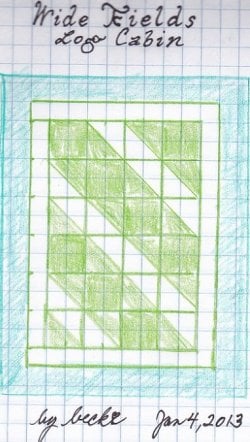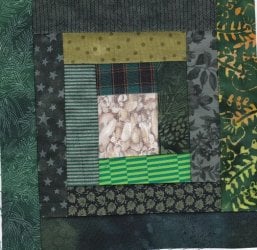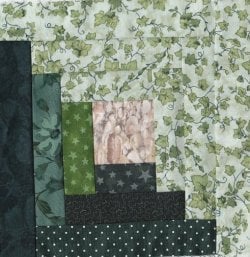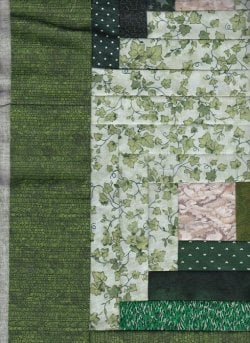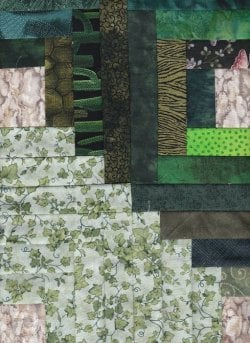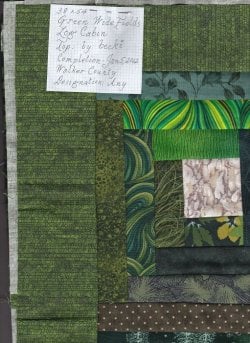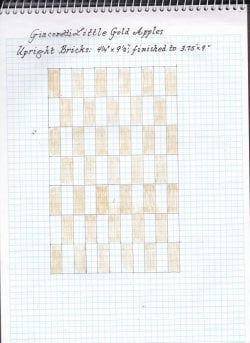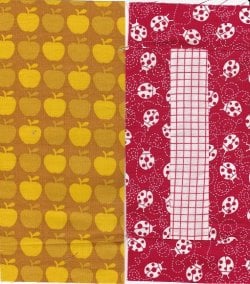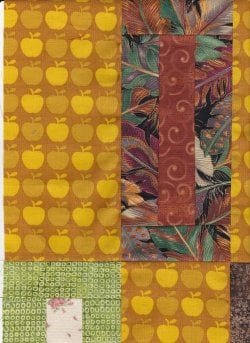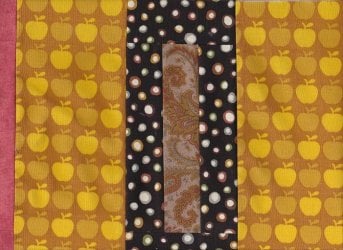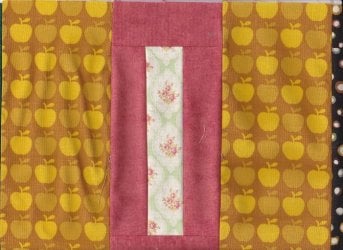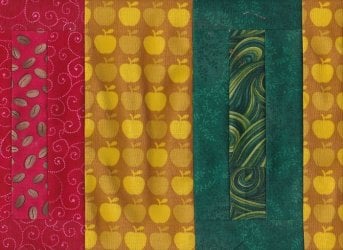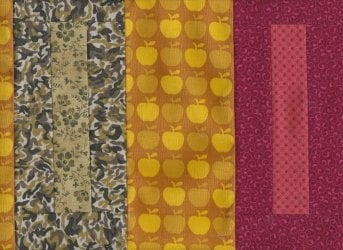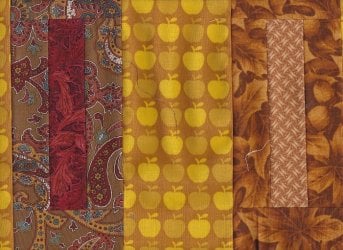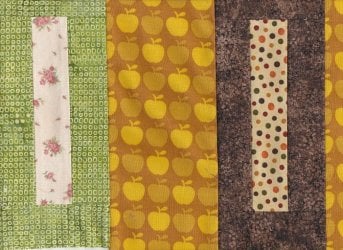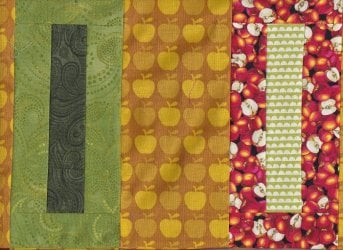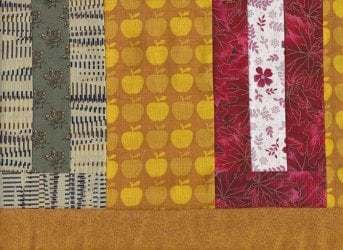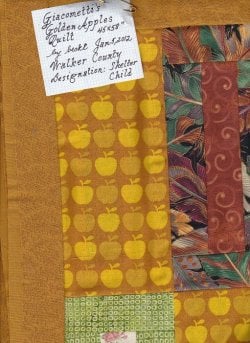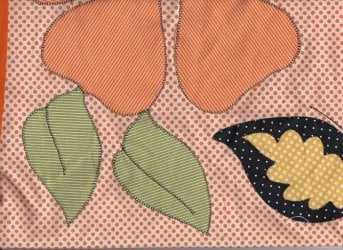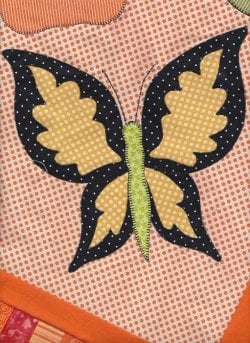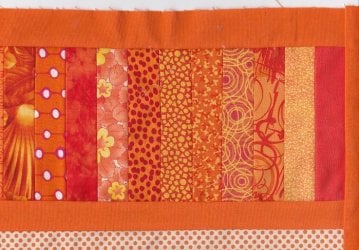freedombecki
Let's go swimmin'!
- Thread starter
- #1,081
My mother had all kinds of embroideries she'd do, throughout the house and kitchen. When my children were small, I made half a dozen heavy gauze embroidered towels with handwork and fancy machine stitched around them with double needles and 28 cams on an old Kenmore sewing machine. I loved drying dishes with those. So when I saw yours, I instantly loved them. Except for the borders, they were spaced well and the designs you picked were truly pretty. Mine were teapots and flowers, for some reason, made in every color. They lasted for years and were the best. Yours will, too. I still have a couple I save for when company comes.IOh, Koshergrl, isn't that just too darn cute! My sister has chickens in her kitchen. I oughta do something like that using my sewing machine, which has a stem stitch and a triple straight stitch, both of which look great with size thirty cotton DMC machine embroidery thread (and several others in recent years). I'm glad you followed up a start with a picture. Your mother will be thrilled if they're for her. In one of my books on victorian applique, I designed a Rhode Island Red rooster, which would look good in sewing machine blackwork. I may drag out my stuff and do that sometime soon!Got the chickens done:


I love your inspiring work and so glad you shared it.
They're just the commercial transfers, but they are so much fun; simple enough and inexpensive enough that I can finish them quickly and move on to the next; and people do love them. I love them...I always need more because I end up giving them all away. I made another, very simple one that was just a pot of basil, for my sister but didn't get a picture. I used much larger stitches as I was busier that day and wanted to make sure it was completely done before the end. It was a large transfer though; her towels are very sheer gauze flour sacks 28 x 29, I think; not the heavy ones like I found for mom. They were the only ones I could find though so we went with them, and she likes them; she's a cook too and likes any form of flour sack..the secret is quantity. The embroidery adds some substance to them.
